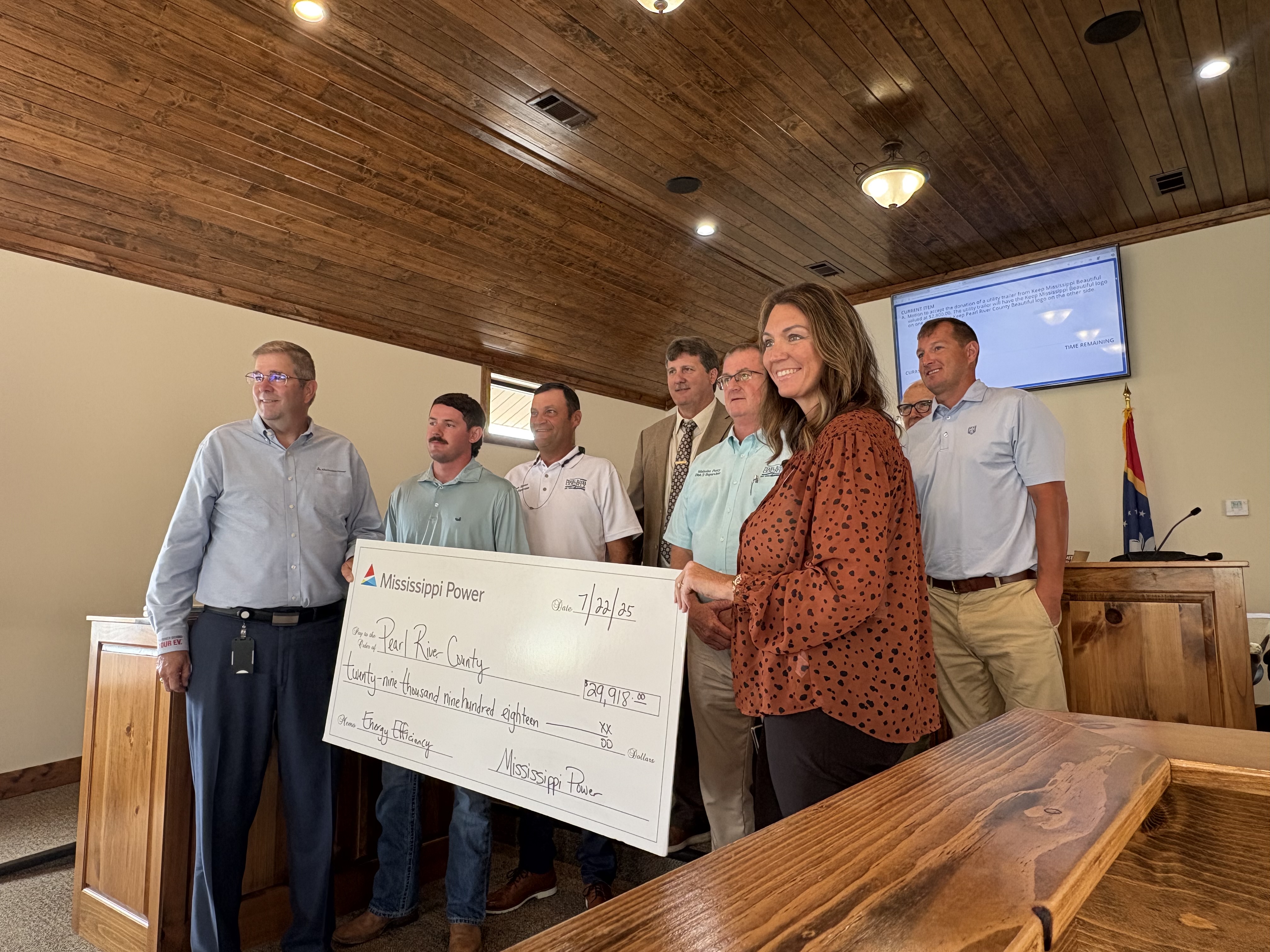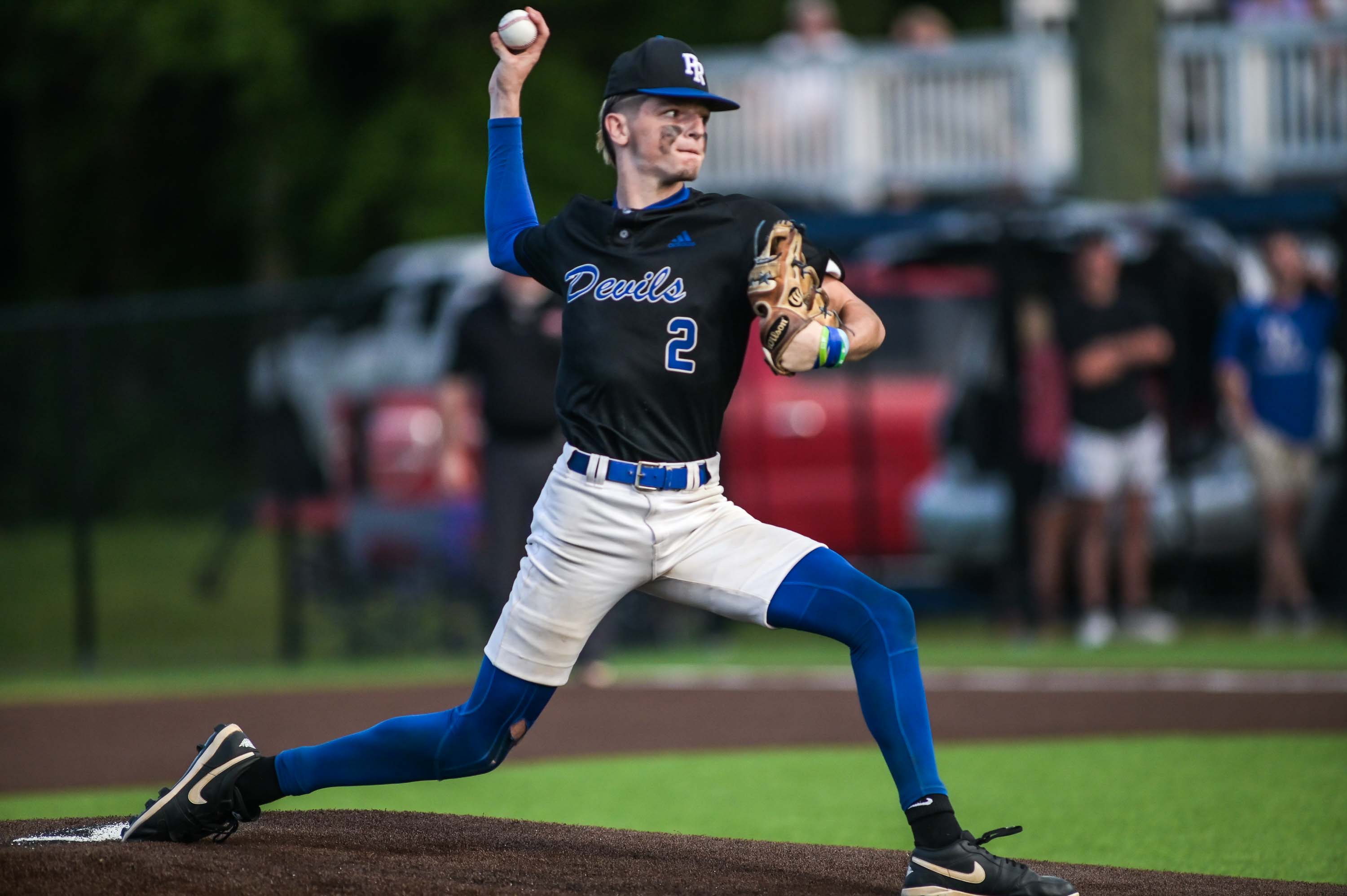Felder Rushing: You don’t need to know Zodiac to have gardening success
Published 4:08 pm Thursday, April 4, 2019
Glad I didn’t plant my tomatoes last week. That not-so-surprisingly late spate of “blackberry winter” happens nearly every year. Which brings me to a pet peeve.
“What’s your zone?” is a fairly innocuous question, the garden version of “what’s your sign?” Well, I don’t read horoscopes, don’t plant by the moon, and don’t believe that “hardiness zones” are reliable indicators of plant survival odds.
Here I go again, seemingly disputing the production-efficiency dogma preached by my hortiholic peers. But, as you and I know and as does Aunt Mamie who is a pretty darn good gardener in spite of never having taken classes, there are some things we horticulturists say that are technically correct but aren’t strict requirements for average home gardening success.
Trending
Examples: You don’t have to have your soil tested. Roses don’t have to be pruned above outward-facing five-leaflet leaves. Pruning paint is mostly cosmetic. Lawns don’t need watering every week or fertilizing twice a year. It’s stylistically okay to prune crape myrtles. The color wheel isn’t set in concrete. You know these are all true, so why take umbrage over me getting off my high horse and admitting it?
Plant hardiness zone maps have always been problematic. They are based on highly variable data that’s been crunched into pretty unreliable averages, and take into account only part of what a gardener needs to know about a plant – especially that typical last spring frost and first fall frost, both of which are important but hard to pin down.
I mean, England, surrounded by the warm Gulf Stream, is in the same mild cold-hardiness zone as Mississippi, so why can’t we grow great peonies or hollyhocks? Hint: Our hot summer nights.
West Coast gardeners rely on a couple dozen Sunset Western Climate Zones that factor in high and low temperatures, humidity, elevation (coastline, mountain, desert), and prevailing winds. It’s nit-picky thorough but still not accurate even from one side of town to the other.
Rest of the country clings to the USDA Plant Hardiness Map that breaks the country into zones determined by averaging several years’ or temperatures for each area. According to the USDA map, Iuka is in the middle of zone 7, with mid-winter averages between 0 and 10 degrees Fahrenheit, and Biloxi is zone 9 with average low temperatures in the upper 20s.
There’s also a “heat zone” map that attempts to rate plants according to how many days of high temperatures each area gets. Most years, that is. On average. Some nights. Sheesh!
Trending
You can get detailed information about all three zone maps at the interactive American Horticulture Society website (www.ahsgardening.org).
But old-hand gardeners know that other important stuff affects plant growth, including sun, shade, nearby tree roots, the natural dirt they have or how it’s worked up, and how everything is changed by how we plant, water, fertilize, plus insects and diseases. Throw in microclimates that change the surroundings (plants in mall parking lot planters have a lot more weather to deal with than, say, those in an enclosed patio), and breathlessly stifling summer nights.
What we need, in my opinion, is a Mid/Lower/Coastal South Map that overlays average cold winter temperatures with dramatic midweek ups and downs, plus hot, muggy summer nights, late frosts we always seem to get, too-wet winters and too-dry summers, miserable dirt, incredible pest pressures, and busy gardeners’ schedules.
Then we’ll have something to go by. Meanwhile I’m doggedly sticking with the hundreds of familiar plants we already know will grow for us, regardless of our Zodiac sign or sterile plant hardiness zone maps. Everything else is a gamble.
Felder Rushing is a Mississippi author, columnist, and host of the “Gestalt Gardener” on MPB Think Radio. Email gardening questions to rushingfelder@yahoo.com.






